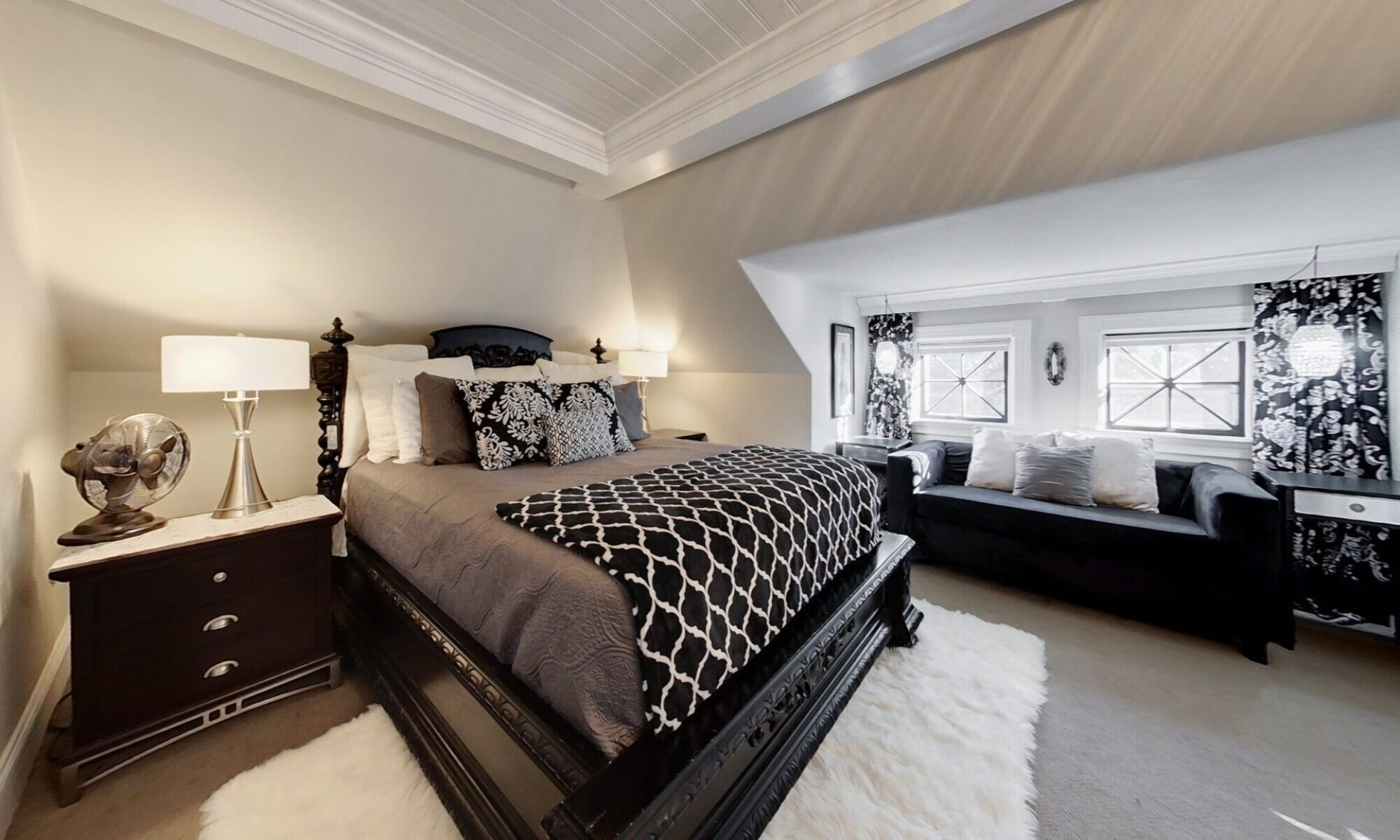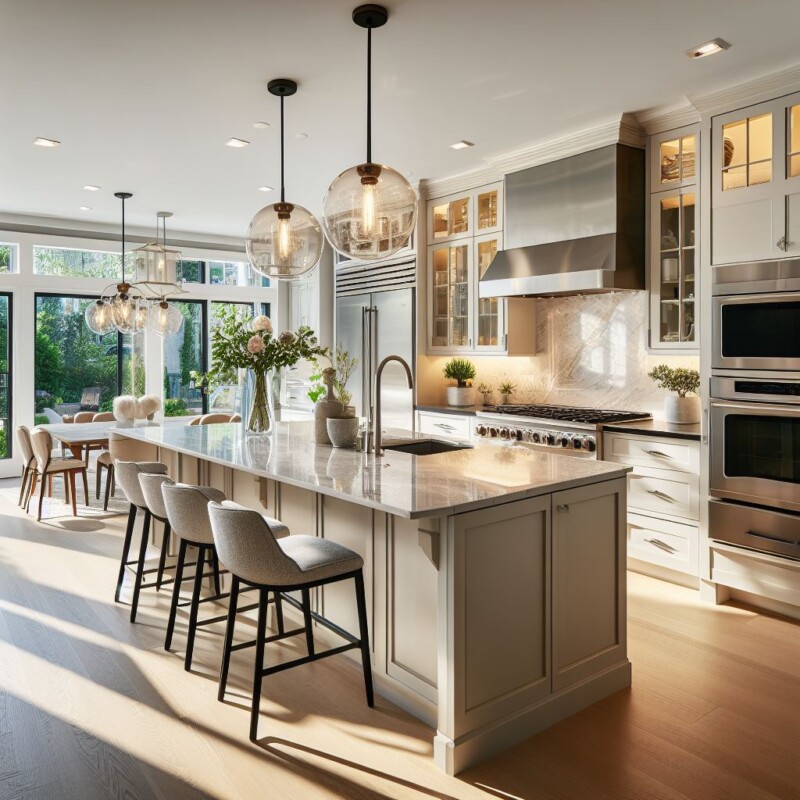Home staging is the process of preparing your home for sale by making it look more attractive, spacious, and inviting to potential buyers. Home staging can help you sell your home faster and for a higher price, but it can also cost you money and time. So how do you budget for home staging and get the best return on investment? Here are some tips to help you out.
1. Do Your Research
Before you start home staging, you need to do some research on your local market, your target buyers, and your competition. You want to know what kind of homes are selling in your area, what features and styles are popular, and what price range you can expect. You also want to know who your ideal buyers are, what they are looking for, and what they are willing to pay. And you want to know how your home compares to other similar homes on the market, and what you can do to make it stand out.
2. Prioritize the Most Important Rooms
You don’t have to stage every room in your home, but you should focus on the ones that matter the most to buyers. According to a survey by the National Association of Realtors, the most important rooms to stage are the living room, the primary bedroom, and the kitchen. These are the rooms where buyers spend the most time and where they can envision themselves living. You should also pay attention to the bathrooms, the dining room, and the entryway, as these are the first and last impressions of your home.
3. Declutter, Depersonalize, and Deep Clean
One of the most effective and inexpensive ways to stage your home is to declutter, depersonalize, and deep clean. You want to remove any excess or unnecessary items, such as furniture, knickknacks, books, toys, clothes, etc. that make your home look crowded, messy, or outdated. You also want to remove any personal items, such as photos, trophies, collections, etc. that make your home look too specific to you and your family. You want to create a neutral and spacious canvas that buyers can project their own style and personality onto. And you want to make sure your home is spotless, from the floors to the ceilings, and everything in between. You want to eliminate any dirt, dust, stains, odors, or damage that might turn off buyers or lower your home’s value.
4. Update and Upgrade
Another way to stage your home is to update and upgrade some of the features and fixtures that might be outdated, worn out, or broken. You don’t have to do a major renovation, but you can make some minor improvements that can make a big difference. For example, you can paint the walls a fresh and neutral color, replace the hardware on the cabinets and doors, install new light fixtures and faucets, add some new pillows and curtains, etc. These are relatively low-cost and easy-to-do projects that can give your home a more modern and appealing look.
5. Hire a Professional Stager
If you don’t have the time, skills, or resources to stage your home yourself, you can always hire a professional stager to do it for you. A professional stager is someone who has the expertise and experience to transform your home into a showpiece that attracts buyers. They can bring in their own furniture, accessories, and artwork, or use what you already have, to create a stunning and stylish space. They can also advise you on what to keep, what to remove, and what to change in your home. Hiring a professional stager can cost anywhere from $300 to $5,000, depending on the size and condition of your home, the level of service, and the market demand. However, it can also increase your home’s value by up to 10% and reduce your time on the market by up to 50%.
How to Calculate Your Home Staging Budget and ROI
There is no definitive answer to how much you should spend on home staging, as it depends on various factors, such as your home’s size, condition, location, price, and competition. However, a general rule of thumb is to spend between 1% and 3% of your home’s asking price on home staging. For example, if your home is listed for $300,000, you can expect to spend between $3,000 and $9,000 on home staging. Of course, this is just an estimate, and you should adjust your budget according to your specific situation and goals.
To calculate your return on investment (ROI) for home staging, you need to compare the cost of home staging to the benefit of home staging. The benefit of home staging can be measured by how much more money you can sell your home for, and how much faster you can sell your home. For example, if you spend $5,000 on home staging, and you sell your home for $15,000 more than you would have without staging, and you sell your home 30 days faster than you would have without staging, your ROI for home staging is:
ROI = (Benefit – Cost) / Cost
ROI = ($15,000 – $5,000) / $5,000
ROI = 2
This means that for every dollar you spend on home staging, you get two dollars back. This is a very good ROI, and it shows that home staging is worth it.
However, keep in mind that these are hypothetical numbers, and your actual ROI may vary depending on your home and market conditions. You should also consider other factors, such as your personal preferences, your financial situation, and your emotional attachment to your home, when deciding whether to stage your home or not.
Conclusion
Home staging is a powerful marketing tool that can help you sell your home faster and for a higher price. However, it also requires some planning, budgeting, and decision-making. By following these tips, you can stage your home effectively and efficiently, and get the best return on investment.


